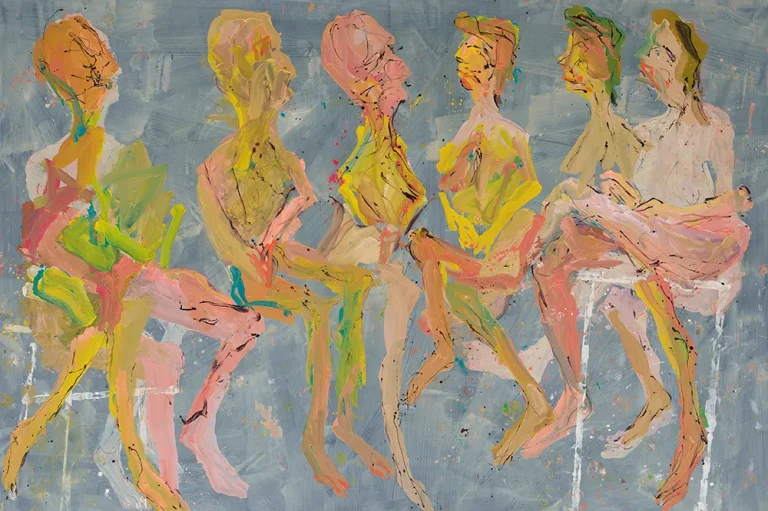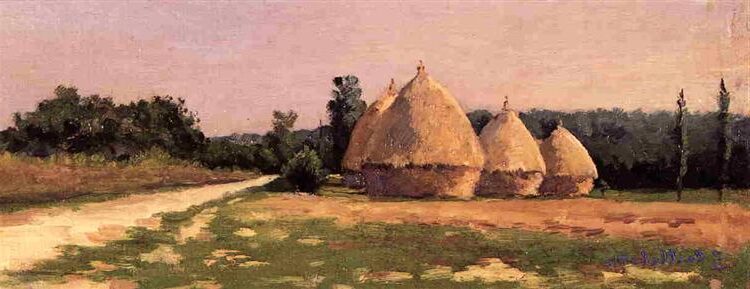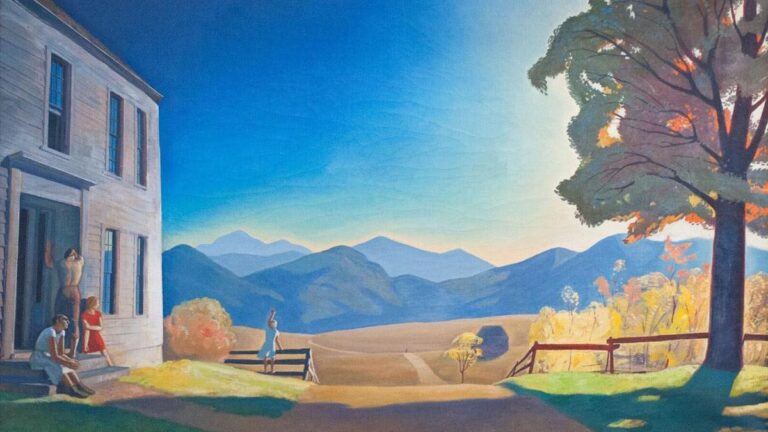Maruja Mallo: Pioneering Spanish Surrealist Artist of the 20th Century
Born: 5 January 1902, Viveiro, Spain
Death: 6 February 1995, Madrid, Spain
Art Movement: Spanish Avant-Garde, Surrealism
Nationality: Spanish
Institution: San Fernando Royal Academy of Fine Arts, Madrid
Maruja Mallo: Pioneering Spanish Surrealist Artist of the 20th Century
Life and Career of Maruja Mallo
Maruja Mallo was a prominent Spanish painter who made significant contributions to the surrealist movement. Her life and career spanned much of the 20th century. It was marked by artistic innovation, political upheaval, and personal resilience.
Early Life in Galicia
Maruja Mallo was born Ana María Gómez González on January 5, 1902, in Viveiro, Galicia. She grew up in a creative family, with her brother Cristino Mallo also becoming a notable sculptor. The family moved to Avilés, Asturias, where Maruja showed early artistic talent.
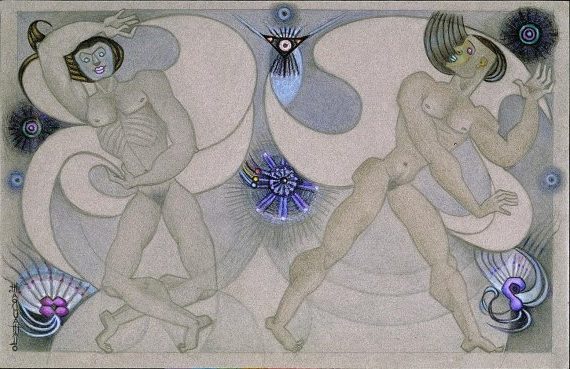
Acrobats Macro and Microcosms (1981)
Her childhood in Galicia influenced her later work, with its landscapes and folklore appearing in many paintings.
Artistic Development in Madrid
In 1922, Mallo moved to Madrid to study at the Real Academia de Bellas Artes de San Fernando. This prestigious institution shaped her formal artistic training.
Madrid’s vibrant cultural scene exposed Mallo to new ideas and styles. She began experimenting with cubism and surrealism, developing her unique artistic voice.
Her early works gained attention for their bold colors and dream-like imagery.
Influential Associations and the Avant-Garde
Mallo became part of the Generation of ’27, a group of Spanish artists and intellectuals. She formed close friendships with figures like Federico García Lorca and Salvador Dalí.
These connections put her at the heart of Spain’s avant-garde movement. Mallo’s work from this period reflected the group’s innovative spirit.
She gained recognition for her surrealist paintings that often featured strong, independent women.
Impact of the Spanish Civil War and Subsequent Exile
The outbreak of the Spanish Civil War in 1936 forced Mallo to flee Spain. She first went to Portugal, then to Buenos Aires, Argentina.
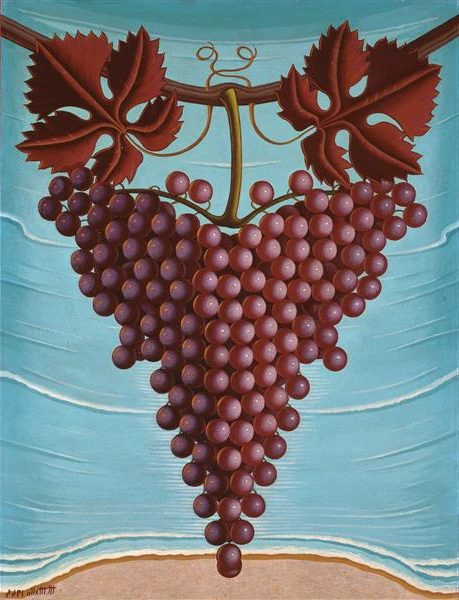

This exile deeply affected her life and work. In Argentina, Mallo continued painting and teaching art.
Her art during this period often reflected themes of displacement and longing for her homeland.
Later Years and Legacy
Mallo traveled extensively in the Americas, including to New York and Uruguay. These experiences broadened her artistic perspective.
In 1962, she returned to Spain, settling in Madrid. Her work gained renewed interest in her home country.
Mallo’s legacy includes her role in Las Sinsombrero, a group of female artists often overlooked in Spanish cultural history.
She continued painting until her death in 1995, leaving behind a rich body of work that spans surrealism, cubism, and her own unique style.
Artistic Style and Major Works
Maruja Mallo was a Spanish painter known for her surrealist and avant-garde works. Her art evolved over time, blending different styles and themes throughout her career.

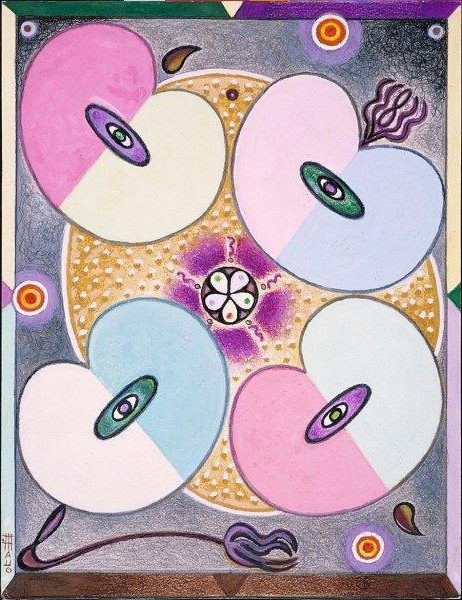
Contribution to Surrealism and Avant-Garde Movements
Mallo played a key role in the Spanish surrealist movement. She joined the group of artists known as the Generation of 1927. This group included famous figures like Salvador Dalí and Luis Buñuel.
Mallo’s early works showed strong surrealist influences. She created strange and dreamlike images that challenged reality. Her paintings often mixed real objects with imaginary elements.
The artist also embraced avant-garde ideas. She explored new ways of painting and pushed artistic boundaries. Mallo’s work helped bring modern art trends to Spain.
Representative Paintings and Exhibitions
Some of Mallo’s most famous paintings include “La Verbena” and “Acróbata.” These works show her skill in creating vivid, surreal scenes.
“Arquitectura Humana” is another important piece. It displays Mallo’s interest in geometric forms and human figures.
Her “Naturalezas Vivas” series features still-life paintings with a twist. Common objects take on new meanings in these works.
Mallo’s art was shown in many exhibitions. She had her first solo show in Madrid in 1928. It was a big success and helped establish her as a rising star in Spanish art.
Themes and Symbolism
Mallo’s paintings often explored nature, human figures, and everyday objects. She gave these subjects new meanings through her surrealist style.
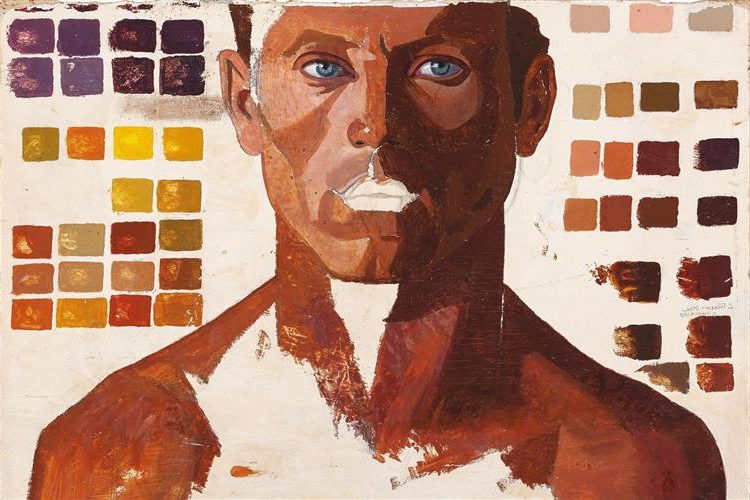
Retrato de Hombre con Escala de Colores
Many of her works feature circus performers, like in “Acróbata.” These figures represent freedom and the breaking of social norms.
The “Cloacas y Campanarios” series looks at decay and renewal. It shows Mallo’s interest in life cycles and change.
Later works like “Razas” and “Los Moradores del Vacío” focus on cosmic themes. They show floating figures and strange landscapes. These paintings blend surrealism with elements of magic realism.
Recognition and Influence
Maruja Mallo gained fame for her surrealist paintings and became a key figure in Spanish avant-garde art. Her work earned her awards and influenced other artists across generations.
Awards and Honors
Mallo received several important awards late in her career. In 1979, she was given the Gold Medal of Madrid for her artistic contributions. The Xunta de Galicia also awarded her their Gold Medal, recognizing her ties to the region. Major museums added her works to their collections.
The Museo Nacional Centro de Arte Reina Sofía in Madrid and the Museo Nacional de Bellas Artes in Buenos Aires both display her paintings. Her art was featured in exhibitions at the Mediterranean Gallery in Ibiza and the Casa das Artes in Vigo.
Influence on Generations and Other Arts
Mallo’s unique style inspired many other artists. As part of the Generation of 27, she helped shape Spanish avant-garde art in the early 20th century. Her time in Latin America spread her influence to Chile and Brazil.
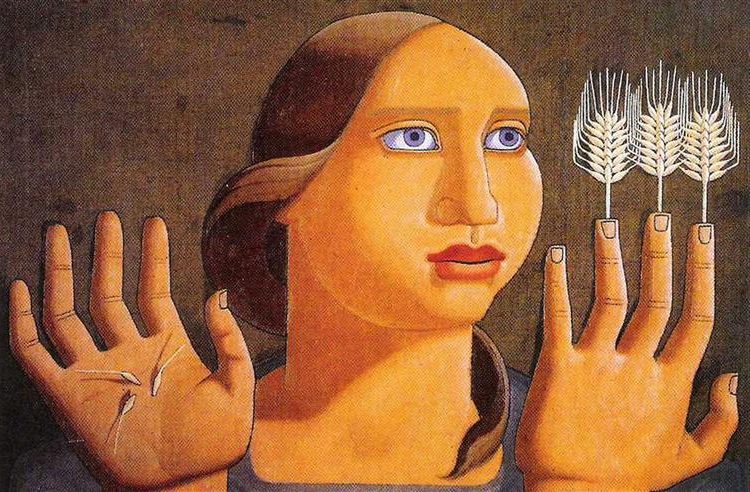
Surprise of the Wheat, 1936 by Maruja Mallo
The poet Pablo Neruda praised her work. Mallo’s art appeared in the magazine Sur, reaching a wide audience. She paved the way for more women artists in Spain. Her bold use of color and surrealist themes continue to inspire painters today.
Frequently Asked Questions
Maruja Mallo was a Spanish painter known for her unique style and contributions to the art world. Her work spanned different periods and explored various themes.
What artistic movement is Maruja Mallo associated with?
Maruja Mallo is most often linked to Surrealism. She was part of the Spanish avant-garde movement and the Generation of 1927. Her art combined surrealist elements with other styles and influences.
What are some notable works created by Maruja Mallo?
Some of Mallo’s well-known paintings include “La Verbena” and “Espantapájaros.” She created many works that blended surrealist ideas with mathematical concepts and abstract forms.
What impact did Maruja Mallo have on Spanish painting?
Mallo helped push Spanish art in new directions. She brought fresh ideas to the art scene and inspired other artists. Her work challenged traditional views and expanded the boundaries of Spanish painting.
Can you describe the main characteristics of Maruja Mallo’s painting style?
Mallo’s style mixed surrealist imagery with geometric shapes and patterns. She often used bright colors and dream-like scenes. Her paintings showed a strong interest in nature, science, and human figures.
How has Maruja Mallo contributed to the Surrealist movement?
Mallo added her own twist to Surrealism. She brought in ideas from math and science, creating a unique blend of styles. Her work helped expand what Surrealist art could be.
What were the major themes explored in Maruja Mallo’s artwork?
Mallo’s art often looked at nature, city life, and human experiences. She painted scenes from markets, festivals, and everyday life. Her work also explored ideas about women’s roles and social issues.






